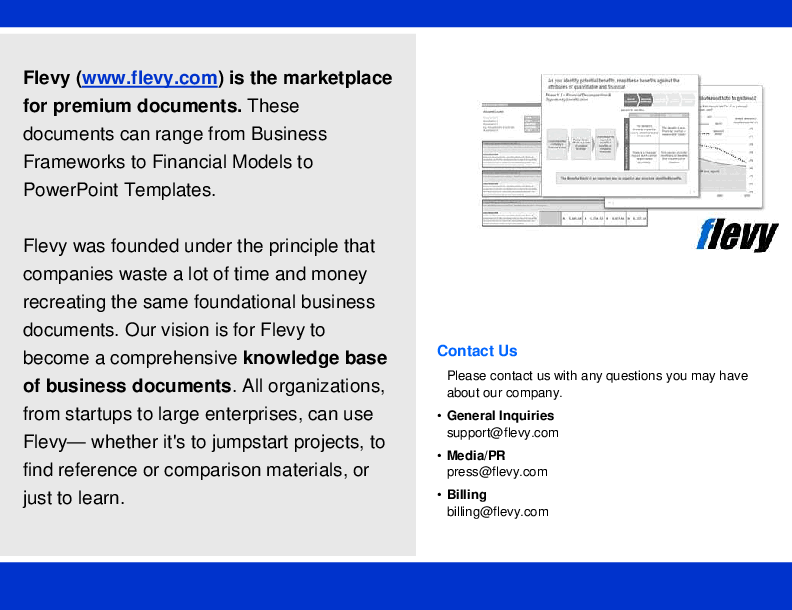Estimates of Wind Power Project EPC and Investment Costs (PDF)
PDF document 26 Pages
BENEFITS OF THIS PDF DOCUMENT
- Complete EPC and investment cost coverage.
- Granular capacity range: from small-scale to utility scale.
- Directly connected to real projects and top tier data.
WIND ENERGY PDF DESCRIPTION
2025 Market-Based Estimates of Wind Power Project EPC and Investment Costs
Position your decisions on wind with a 2025 grade cost intelligence platform, not a back of the envelope guess. The 2025 Market Based Report of Estimates of EPC Costs and Investment Costs of Wind Power Projects equips developers, investors, lenders, and policymakers with a bankable, engineering grade view of what it really costs to bring utility scale wind from concept to commercial operation, across a full range of capacities from 2.5 MW to 270 MW, and grounded in globally recognized project references.
What this report really gives you
This report is not a generic high level benchmark or a recycled consultant slide deck; it is a structured engineering and financial decision tool that links AACE style estimate classes, capacity factored costing, and a complete EPC and investment cost breakdown into one coherent, ready to use reference for wind power projects.
Each chapter is designed to move you along the actual project development path: from defining estimate class and accuracy expectations, to compiling inputs, to producing capital cost summaries that can be plugged directly into your financial models and investment committee materials.
Engineered on recognized cost estimating standards
The report adopts the AACE International cost estimate classification system, including the matrix of five estimate classes, comparison of classification practices, and detailed characteristics of each class, so that every number you use can be clearly positioned in terms of maturity, scope definition, and expected accuracy range.
By explicitly referencing foundational AACE documents such as "Development of Factored Cost Estimates – As Applied in EPC for the Process Industries" and Recommended Practice 18R 97, the methodology aligns your wind power projects CAPEX numbers with the same professional standards used in large scale process, infrastructure, and power projects worldwide.
Complete EPC and investment cost coverage
Within the Engineering, Procurement and Construction (EPC) and investment cost section, the report sets out a clear Basis of Estimate and an Estimate Inputs Checklist so that your team can transparently trace each cost back to its underlying assumptions, scope boundaries, and data sources.
The Capital Cost Estimate Summary is developed into detailed EPC and total investment cost estimates for a wide spectrum of plant sizes – from 2.5 MW and 3 MW starter projects up to 270 MW utility scale wind farms – giving you immediate visibility on how unit costs evolve with scale.
Granular capacity range: from small-scale to utility scale
Ten dedicated tables (Table 2 2 through Table 2 10) provide EPC and investment cost estimates for progressively larger capacity blocks, covering 2.5–7.5 MW, 10–20 MW, 30–55 MW, 60–75 MW, 80–95 MW, 100–120 MW, 132–180 MW, 200–230 MW, and 240–270 MW.
This structured capacity ladder allows you to benchmark and interpolate CAPEX for virtually any typical onshore wind project size in your pipeline, and to rapidly compare the cost implications of alternative sizing and phasing strategies.
Directly connected to real projects and top tier data
The cost structures are anchored in referenced documents from real wind projects and authoritative technology cost datasets, including the Sidrap 75 MW wind power plant as published by Indonesia's Directorate General of New, Renewable Energy and Energy Conservation, and NREL's 2024 Annual Technology Baseline for land based wind.
These references ensure that the report is not merely theoretical but calibrated against actual project experience and state of the art international cost benchmarks, strengthening its credibility in investment committees, lender due diligence, and regulatory consultations.
Built for decision makers across the value chain
For EPC contractors and IPP developers, the report accelerates early stage screening, bid strategy development, and PPA price setting by providing consistent EPC and total investment cost references across a portfolio of potential sites and scales.
For investors, lenders, and DFIs, the explicit use of estimate classes, basis of estimate documentation, and professional cost engineering references provides the transparency and rigor needed to test sponsor CAPEX claims, perform sensitivity analyses, and structure financing covenants.
Clear visuals for technical and non technical stakeholders
The inclusion of a simplified block diagram of a wind power generation plant and an example single line diagram of a grid connected wind plant helps bridge communication between technical teams, financiers, and policymakers who must all align on the boundaries of EPC scope and grid connection assumptions.
These visuals, combined with the structured tables and checklists, allow the report to function as a shared reference point in multidisciplinary project teams and stakeholder workshops.
Why this report is a strategic asset in 2025
By standardizing how EPC and investment costs are estimated, documented, and communicated across your organization or client base, the report reduces transaction friction, shortens development cycles, and materially improves the quality of your investment and bidding decisions in the wind sector.
Got a question about the product? Email us at support@flevy.com or ask the author directly by using the "Ask the Author a Question" form. If you cannot view the preview above this document description, go here to view the large preview instead.
Source: Best Practices in Wind Energy PDF: Estimates of Wind Power Project EPC and Investment Costs PDF (PDF) Document, Financial Engineering Consulting






